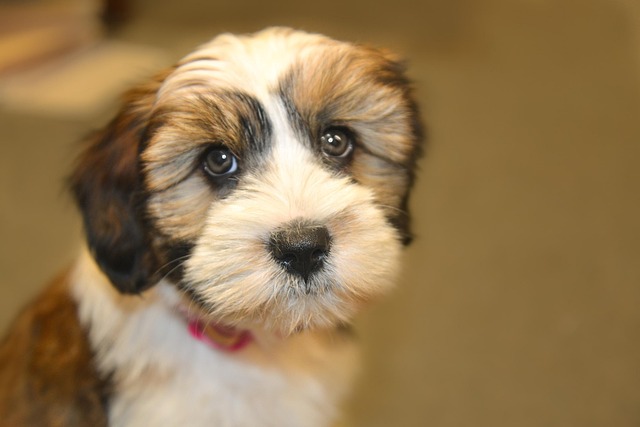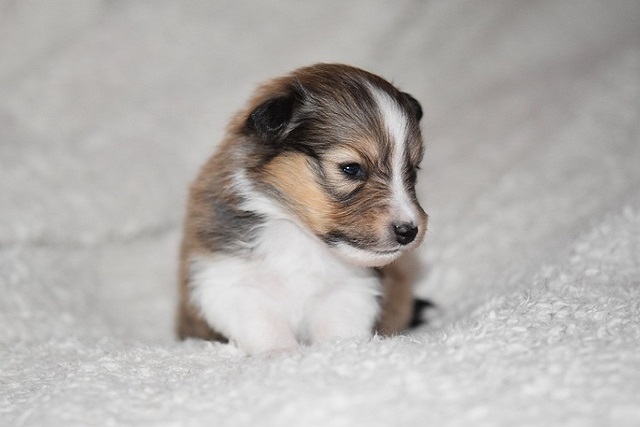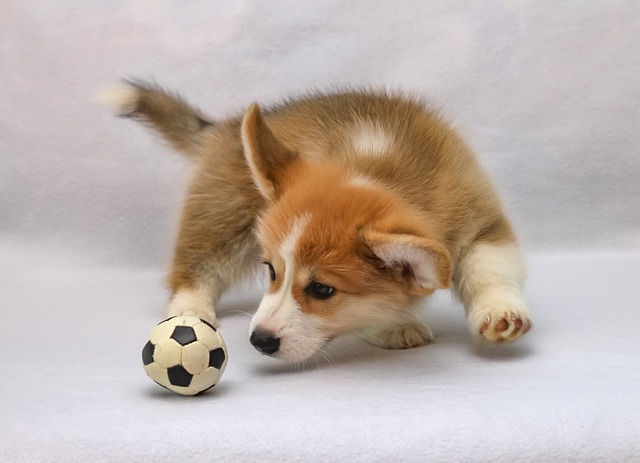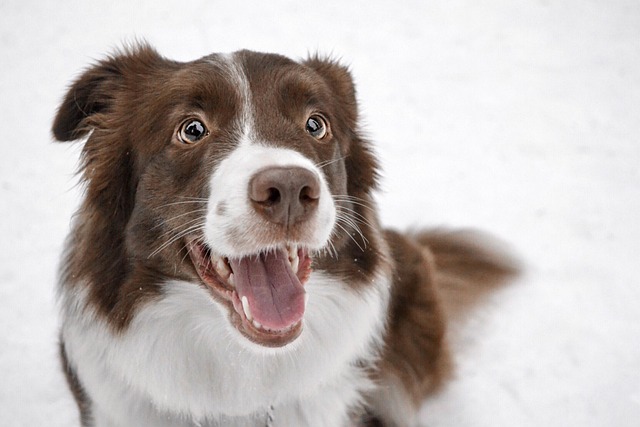
How do I get rid of my dog's smelly breath?
If your beloved dog has developed a less-than-pleasant odor coming from their mouth, you're probably wondering how to address this issue.
When you stroke a fluffy puppy and notice white flakes falling like tiny snowflakes between your fingers, it's natural for new pet owners to feel a pang of worry: Is my little one sick? A puppy's skin is as delicate as a newborn leaf, and the appearance of dander can be like dewdrops on foliage—sometimes just a normal part of metabolism, other times a warning sign from their health. Deciphering the secrets behind these tiny flakes requires both microscopic attention and professional knowledge, paired with gentle love, to build the first line of defense for a puppy's skin health.
First, it's important to recognize that "physiological dander" is a common and natural part of puppy development. Just as human babies shed vernix caseosa, puppies undergo rapid skin cell turnover in their first few weeks, leading to small flakes as old keratin layers shed. Breeds with dense coats, like Labradors or Golden Retrievers, are especially prone to mild dander—akin to the fine shedding of fur during spring. One owner documented their Border Collie puppy's journey: from tiny dander specks appearing on its back at week 4 to complete resolution by week 8 as its puppy coat shed. This mirrors how a sapling sheds tender bark for tougher growth. Such dander is typically scant, white, evenly distributed, and unaccompanied by redness—like the light flakes of a dried face mask.
"Environmental factors" are frequent external triggers. Dry air—common in winter heating or AC environments—strips moisture from a puppy’s skin, disrupting its oil balance like parched earth cracking. A Toy Poodle born in northern winter developed patchy, bran-like dander after prolonged exposure to unhumidified heating, leaving its skin rough to the touch—similar to human "winter itch." Overbathing or using human shampoos worsens this by stripping natural oils. Puppy skin has a near-neutral pH, and alkaline human products accelerate abnormal flaking. One well-meaning owner bathed their Pomeranian weekly with human shampoo, resulting in a snowstorm of dander and red, itchy skin—a reminder that even loving intentions can backfire without proper care.

"Skin diseases" often announce themselves with dander plus other red flags. Fungal infections (e.g., Microsporum canis) create circular, scaly patches with hair loss and redness—like white stamps on the skin. A rescuer recalled a stray puppy with crusty ear dander that revealed raw skin when lifted, later diagnosed with ringworm—a zoonotic threat requiring prompt treatment before it spreads like dandelion seeds. Scabies, caused by burrowing mites, triggers violent scratching and greasy dander; one Bulldog pup’s belly was coated in yellow-brown scabs that bled when scratched, demanding prescription miticides to stop the invisible invaders.
"Nutritional gaps" hide beneath the surface of dander. Puppies need abundant fatty acids; Omega-3 and Omega-6 deficiencies weaken cell membranes, leading to fine flakes. A Chihuahua fed low-grade kibble once had flour-like dander that vanished within two weeks after switching to a fish oil-rich diet—proof that "skin mirrors nutrition." B-vitamin deficiencies disrupt skin turnover, seen in a pup fed only ground meat who developed bran-like flakes around its nose and paw pads, later resolved with supplements. Food allergies add another layer—some puppies react to grains or chicken with itchy, scaly rashes. A Golden Retriever’s post-meal belly flakes revealed a wheat sensitivity, highlighting the need for allergen sleuthing.
When dander appears, gentle observation comes first: Use a fine comb to check amount, color, and distribution while feeling for lumps or warmth. For minor white flakes on healthy skin, boost humidity and switch to pH-balanced puppy shampoo (5.5–7.0)—one owner’s humidifier cleared dander in three days. If flakes accompany hair loss, redness, or itching, vet visits are crucial. Tools like Wood’s lamps or skin scrapings pinpoint causes as precisely as a stethoscope diagnoses illness. During treatment, patience is key: Reward medicated pups with treats to build positive associations. One owner’s post-ointment chicken bites turned a fearful pup into an eager patient—proving that tender care accelerates healing.
Watching a dander-free puppy roll in sunlight, its coat now silky to the touch, is the ultimate reward for attentive care. A puppy’s skin is like unwritten paper—each flake a character to interpret, whether a growth milestone or health alert. By blending knowledge with kindness, we transform dander from a worry into a window of understanding. For in every gentle inspection and every loving touch lies our deepest promise to these little lives: May your skin stay healthy to feel the world’s caress, your coat gleam like silk, and your paws run free under the sun.

If your beloved dog has developed a less-than-pleasant odor coming from their mouth, you're probably wondering how to address this issue.

When you see other people’s Toy Poodles prancing around like walking cotton balls—their fluffy, soft curls bouncing with every step—while your own pup’s coat lies flat and lifeless,

When your Husky wags its tail and bounds toward you, ready for a hug, only to be met with an overpowering odor that makes you recoil,

In the living room late at night, the table lamp casts a gentle halo in the corner. Your dog is curled up in a furry nest, and his belly rises and falls gently with his breathing.

In the eyes of these fluffy little beings, every moment of putting on a leash signifies a new adventure. When owners stand by the door holding the leash, dogs always wag their tails excitedly, full of anticipation for the upcoming walk.

Samoyed's pure white fur, like the purest snowflakes in winter, is their most proud feature. However, when these snow-white hairs start to turn yellow,